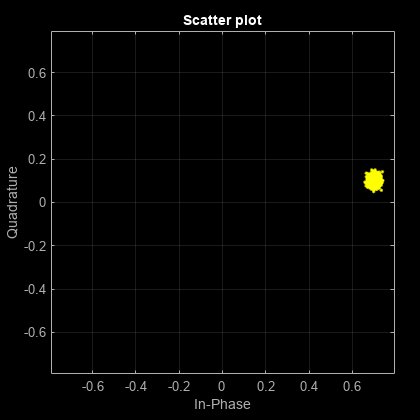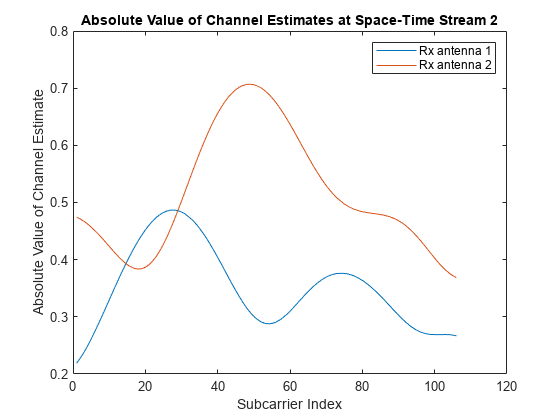wlanEHTLTFChannelEstimate
Syntax
Description
[
also returns the channel estimate at each pilot subcarrier location for each demodulated
EHT-LTF OFDM symbol, chEst,chEstPilots] = wlanEHTLTFChannelEstimate(___)chEstPilots, for any input argument combination
from the previous syntaxes.
[
specifies frequency smoothing using a name-value argument in addition to any input argument
combination from the previous syntaxes.chEst,chEstPilots]
= wlanEHTLTFChannelEstimate(___,FrequencySmoothingSpan=span)
Examples
Input Arguments
Output Arguments
More About
References
[1] IEEE P802.11be/D5.0. “Part 11: Wireless LAN Medium Access Control (MAC) and Physical Layer (PHY) Specifications. Amendment 8: Enhancements for Extremely High Throughput (EHT).” Draft Standard for Information Technology — Telecommunications and Information Exchange between Systems — Local and Metropolitan Area Networks — Specific Requirements, https://ieeexplore.ieee.org/document/10381585

